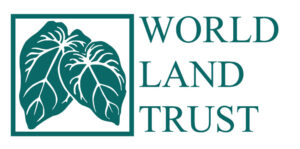Spanning across 8000 sq.km, and as part of the Indo-Burmese biodiversity hotspot, the Garo Hills in the state of Meghalaya support an incredibly rich biodiversity. The Garo Hills Elephant Reserve has three protected areas, a reserve forest and five elephant corridors, which together link around 1500-1700 elephants. The project area is also part of the proposed Garo Hills Conservation Area (GHCA) proposed for inclusion in World Heritage site by the Indian Government. Interestingly, only 7-8% of the forested area in the Garo Hills is under the control of the Meghalaya Forest Department; the remaining area is owned by local communities under the management and jurisdiction of the Garo Hills Autonomous District Council (GHADC).
Unscientific mining and age-old practices such as slash-and-burn cultivation or jhum have been drivers of deforestation and fragmentation hindering the movement of wildlife and leading to human-wildlife conflict. To address this, Wildlife Trust of India, with support from partners, has been working with the local council (GHADC) and the state forest department for almost two decades to secure and restore the forest patches located between West Garo Hills and Nokrek National Park with a view to establishing wilderness connectivity with Balpakram National Park (BNP) which is titled as the Garo Green Spine forming the backbone of biodiversity of the region. As a result of these collaborative efforts, two main elephant corridors in the region (Siju- Rewak and Rewak-Emangre corridors) have already been secured and local communities have further voluntarily set aside and protected close to 4200 hectares of land as 20 Village Reserve Forests (VRFs). Efforts are on to secure the remaining two corridors (Baghmara-Balphakram and Nokrek-Emangre) through the same approach.
In addition to this, an area of 340 hectares of degraded forest patches have been restored through plantation and Assisted Natural Regeneration. This is an affirmation of the indigenous rights, self-government and community empowerment creating a multi-level impact resulting in not just wildlife habitat protection but also a positive social impact on the communities with regards to their livelihood and lifestyle. Such conservation measures can be a big step towards sustainable environmental protection in the long term.

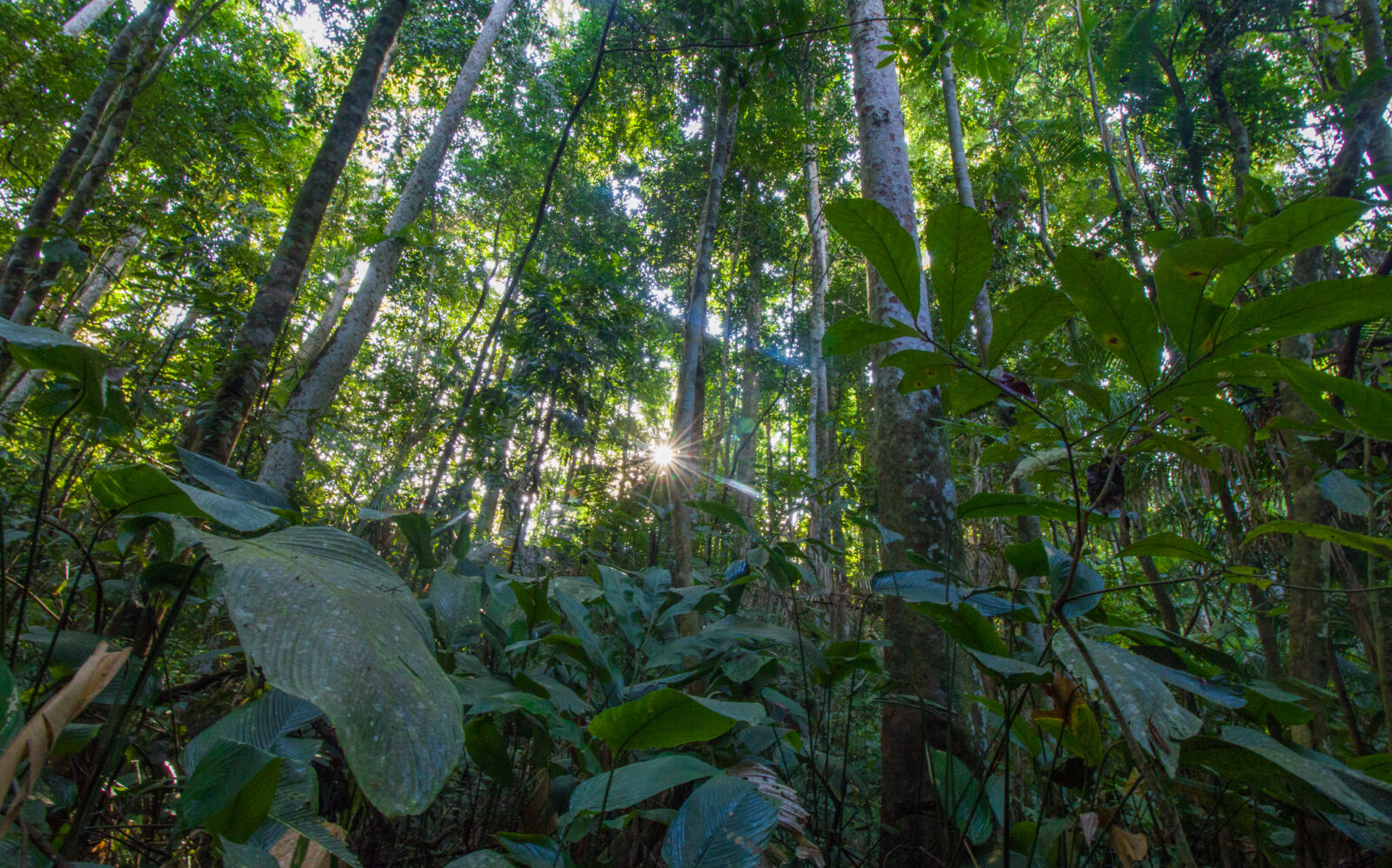
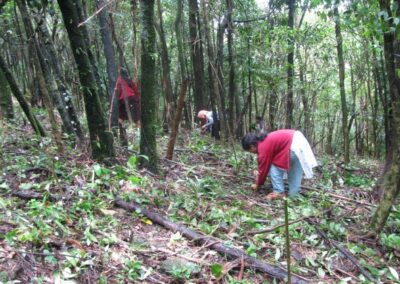
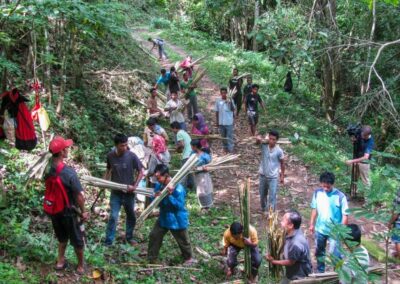
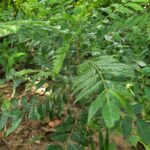
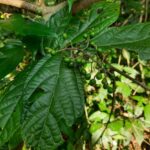
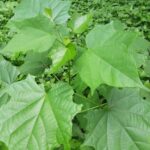
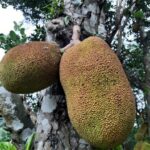
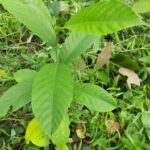
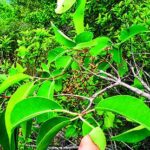
 ,
,  , and
, and 